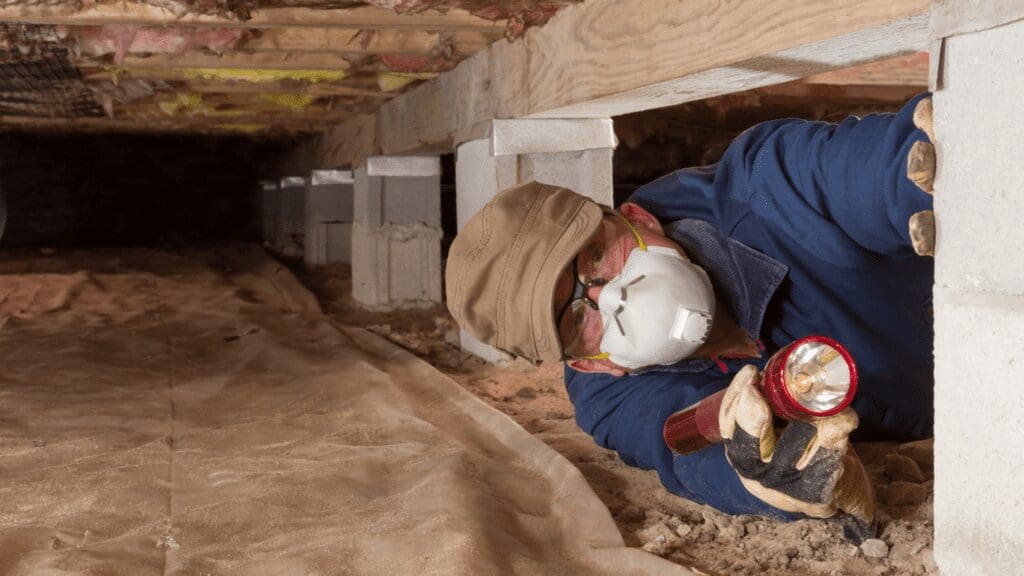When it comes to homeownership, maintenance is one of the most important expenses that you need to cover regardless of what type of home you have. What’s worse, if things go wrong during repairs, the costs can be downright astronomical. It is, for this reason, homeowners should never attempt to do any important repairs themselves. As well, repairs should never be put off, especially if they involve important structural elements, like the foundation. Postponing foundation repairs, for instance, could lead to major structural damage that won’t only affect different components in your home but also cost a lot more to fix.
Currently, there are two types of foundations prevalent in Houston and surrounding areas: slab-on-grade foundations and pier and beam foundations. A slab-on-grade foundation is built directly on the ground and reinforced with steel beams, commonly called tension rods. On the other hand, a pier and beam foundation comprises a series of footings with concrete bases, which support the home’s load. The easiest way to determine whether you have a slab-on-grade or a pier and beam foundation is to look for an opening under your home, also known as a crawlspace. Only pier and beam foundations have a crawlspace.
Repairing a Pier and Beam Foundation
Irrespective of the type of foundation you have, the underlying causes and warning signs of foundation failure are identical. However, a pier and beam foundation tends to develop specific problems that are different from the issues that may occur in a slab foundation. Some of these problems are:
- Shifting beams – The climate in Houston is characterized by seasonal changes, which bring along heavy rains followed by prolonged drought. Because the soil in Houston has a high content of clay, and clay reacts to dry conditions as much as it reacts when it’s exposed to water, the clay soil underneath your home, which swells and shrinks with each season, can cause the beams in your foundation to shift over time. As your foundation will start to move and shift as well, cracks could develop in the slab, floors, walls, and ceilings.
- Pier collapse – Soil movement due to repeated swelling and shrinking can also cause piers to lean to one side or even to sink into the ground. If one or more piers collapse, they may cause a series of problems, including cracks and uneven or sagging floors.
- Beam decay – Older Houston homes typically have pier and beam foundations that were built with wooden beams. Excessive moisture under your home can have damaging effects on your beams and any other wooden elements, causing them to rot.
- Improperly spaced piers – To ensure that a home is supported adequately, piers should be spaced 5 to 6 feet apart. However, some builders place piers even closer in order to provide additional support and prevent problems from occurring. If there is a sufficient number of piers and beams, and these elements are positioned and installed correctly, the foundation will be more stable and durable.
Regardless of the problems that may affect your foundation, the good news is that repairing a pier and beam foundation is usually easier than fixing a slab-on-grade foundation.
Pier and Beam Foundation Repair Solutions
Depending on the underlying causes and extent of the damage, foundation repair technicians may recommend one or more repair solutions. In most cases, the first repair method recommended is site shoring, which involves inserting piers under the slab in order to stabilize the foundation and increase its load-bearing capacity until all the repairs required are completed. Regardless of whether some of the piers have collapsed, or there were not enough of them in the first place, additional piers may be required in order to support the home adequately, distribute its weight more evenly, and/or smooth out bowing floors.
If only a few components of your foundation have experienced a small amount of movement or become slightly loose, which means that the damage hasn’t affected other areas of your foundation, reshimming your foundation to make it level again might solve the problem. Reshimming basically involves making small adjustments to specific areas of a pier and beam foundation in order to prevent larger issues from developing.
Adding underpinning to the beam is another efficient foundation repair method. A professional could use various underpinning methods in order to jack up your foundation back to its original elevation and stabilize it there.
Irrespective of the foundation problems identified and repair solutions recommended, we always use the Unified Jacking method to elevate homes. When foundation failure is caused by differential settlement, our professionals typically use driven concrete piers or pile guard piers, which are excellent for addressing differential settlement due to clay soil. If you’ve observed any foundation issues in your home, don’t wait to make the necessary repairs! Contact Allied Foundation today for a free consultation to get your foundation repaired quickly and efficiently!

